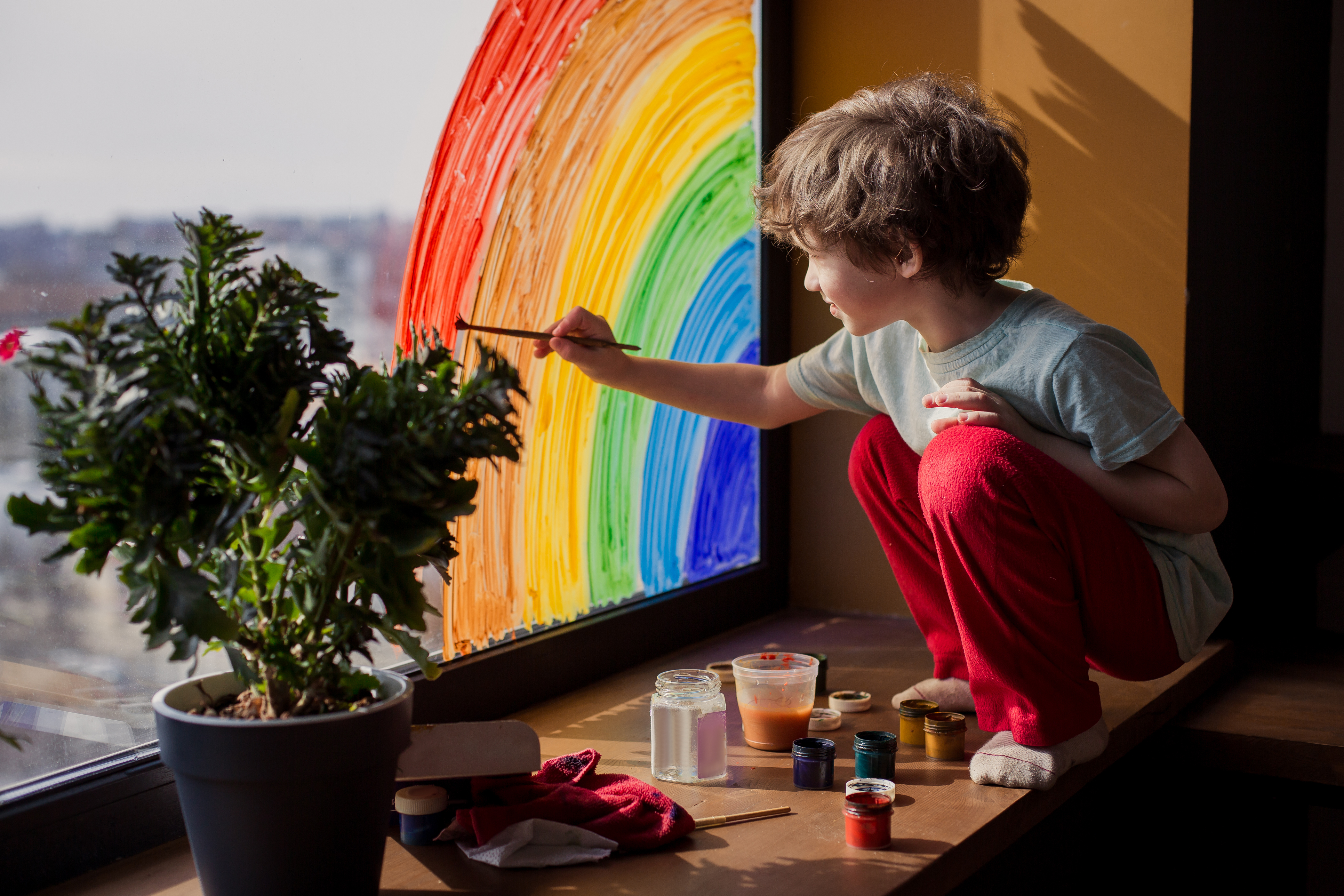
1. Encourage exploration
Although devices are a big part of a young child’s life today in terms of serving as a supplement to their learning and keeping them entertained, encouraging exploration of the outside world is a crucial component of developing creativity. Taking trips to nearby parks and beaches or just a short walk around your neighbourhood gives your child the freedom to learn what lies outside the four walls of their home/classroom. A big part of creativity is staying inspired! Exposure to the great outdoors can serve as major inspiration for little ones. Visiting museums and art exhibitions is also a great way to inspire them. Some might consider preschoolers to be too young to appreciate art, but this could not be further from the truth! Children from a very young age are drawn to art and have the ability to engage with it in meaningful ways.
2. Create a suitable environment
Where does your child spend most of their time? Does this space foster creative thinking and facilitate innovation or does it stifle their imagination? A recent phenomenon among new parents (especially those who document their parenting on social media) is the decoration of childrens’ rooms and play areas to suit the design of the rest of the house by limiting the colours of walls, posters and even the colours of toys and books owned by their kids. Luckily, it looks as though this trend will not take off with the criticism it has drawn from many who rightfully claim that this can stunt a child’s development, calling it the “sad beige baby” aesthetic. You can do the opposite and create an environment for your child that helps them experiment with all the colours of the rainbow by providing them with “open-ended” materials. Clay, building blocks, paint, crayons and lots of space for them to unleash their creativity instils an open mindset and trains kids to not just keep their imagination to themselves, but to make something out of it!
3. Avoid an overly rigid structure
Although schedules and timetables are an essential part of raising a child with functional skills and healthy habits and provides structure to what could otherwise be a chaotic phase of life, too much rigidity can rob a child of their creativity. Although creativity exists within everyone, it can lay dormant when not used regularly. A simple way to keep exercising it is through decision making and an extremely inflexible schedule prevents a child from making their own choices. For example, if your child does art and crafts for an hour every day, let them pick what medium they want to use and what they want to create! You can provide structure by giving them a time limit so they don’t spend all day on one activity and neglect other responsibilities and by making sure they help to clean up after themselves. But when it comes to what they want to create, let children make their own choices and decide on the process themselves, even if it seems unconventional. You can also guide them to think creatively by giving them options and discussing ideas with them.
4. Nurture their imagination
One of the best ways to nurture a young child’s imagination is by reading to them! Unlike television shows and movies, books require us to practise using our imaginations and paint a picture in our minds. You can even tell your own stories or build stories together with them. For example, playing a game where each person adds a new sentence to a story helps children stretch their minds and come up with ideas to make the story more interesting. You could even introduce them to different genres and challenge them to come up with their own stories! These types of exercises also help to develop their language skills along with their creativity. Finally, having conversations about new ideas and topics and encouraging them to share their opinions and ask questions helps them engage with their curiosity, which is also a key element of creativity!
These are just some of the ways you can help your preschoolers develop their creativity and set them up to be curious, eager and expressive learners for the rest of their lives!